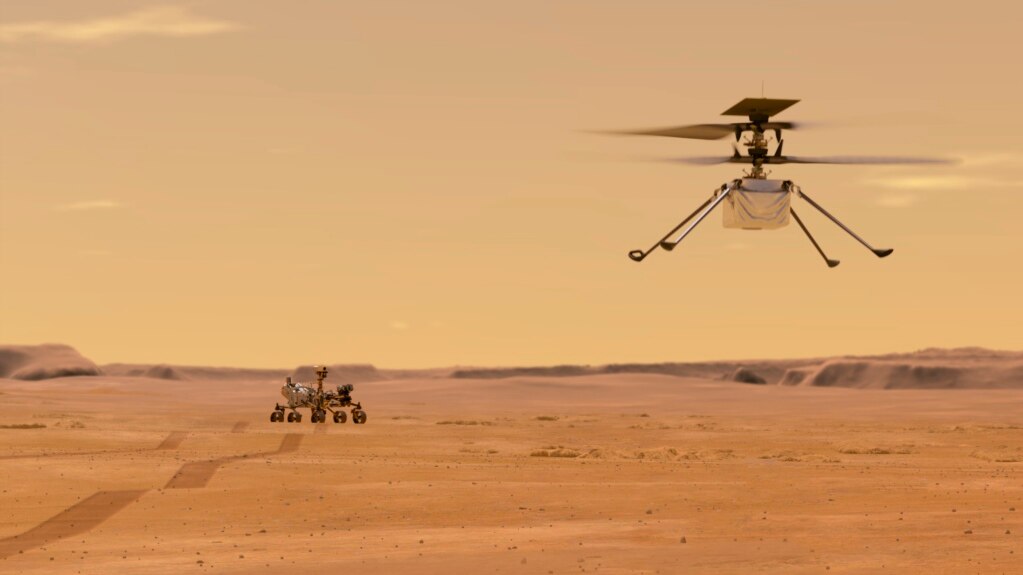As the American space agency NASA continues to carry out tests of its Ingenuity helicopter on Mars, it is also testing a future aircraft design on Earth.
NASA’s Ingenuity has been making test flights on the Red Planet for the past two-and-a-half years. The experimental helicopter arrived on Mars along with NASA’s Perseverance explorer, or rover, in February 2021.
Both the rover and helicopter have been collecting images and data as they explore an area known as Jezero Crater. The goal of the exploration effort is to search for signs of ancient life on Mars.
Ingenuity made history on Mars
Ingenuity made history in April 2021 by becoming the first aircraft to complete a powered, controlled flight on another planet. NASA officials have said the helicopter has performed far above expectations. Agency engineers planned on Ingenuity completing just five experimental flights on Mars. But the helicopter has so far performed 66 flights. It has provided NASA with valuable data on building future aircraft to fly in space.
Travis Brown is Ingenuity’s chief engineer at NASA’s Jet Propulsion Laboratory (JPL) in California. He said in a statement that with nearly every flight, the helicopter has progressed in new ways. Brown noted that over the past nine months, Ingenuity had doubled its top speed and height records. In addition, the aircraft’s operating speed and landings improved.
Most Ingenuity flights only last two to three minutes. This is because the helicopter has energy and temperature limitations.
NASA engineers say they have also been careful not to try to fly Ingenuity too fast because this can cause problems with its navigation system. The helicopter uses a camera to identify rocks and other things on the surface as it travels. If the aircraft goes too fast, it might not be able to navigate the best way forward.
Controllers on the ground have said that to help with this issue, they have sent commands to Ingenuity to fly at higher levels. This way the aircraft has less chance of losing its way because surface objects stay in view longer.
NASA says Ingenuity established a new height record, on flight 61, of 24 meters as it examined Martian wind conditions. On flight 62, the helicopter set a new speed record of 10 meters per second. During this flight Ingenuity also identified a new place for the Perseverance rover to carry out science experiments.
Testing new helicopter design on Earth
As that testing continues on Mars, teams on the ground have been experimenting with new rotor blades. These could be used in the future with a new generation of Mars helicopters. During the tests, engineers reported the rotor blades had reached speeds nearly equal to Mach 1, the speed of sound.
The blades tested on Earth are made of carbon material and are more than 10 centimeters longer than Ingenuity’s. The blades were designed to be both faster and stronger. NASA has said such rotor blades should be able to support bigger, more complex helicopters. The team said in a statement the helicopter design must reach the right balance. If the blades spin too fast, this causes control issues that can increase the risk of crashes.
The Earth-based tests were carried out in September inside a space simulator at NASA’s JPL. For these experiments, the simulator aimed to establish a Mars-like environment. The team was measuring tests of the rotor blades with sensors, cameras and other equipment. Many different speeds were tested and the blades were repeatedly repositioned to observe the best results.
“We spun our blades up to 3,500 rpm, which is 750 revolutions per minute faster than the Ingenuity blades have gone,” said Tyler Del Sesto, a leader of the JPL testing. “These more efficient blades are now more than a hypothetical exercise. They are ready to fly,” he added.
I’m Bryan Lynn.

